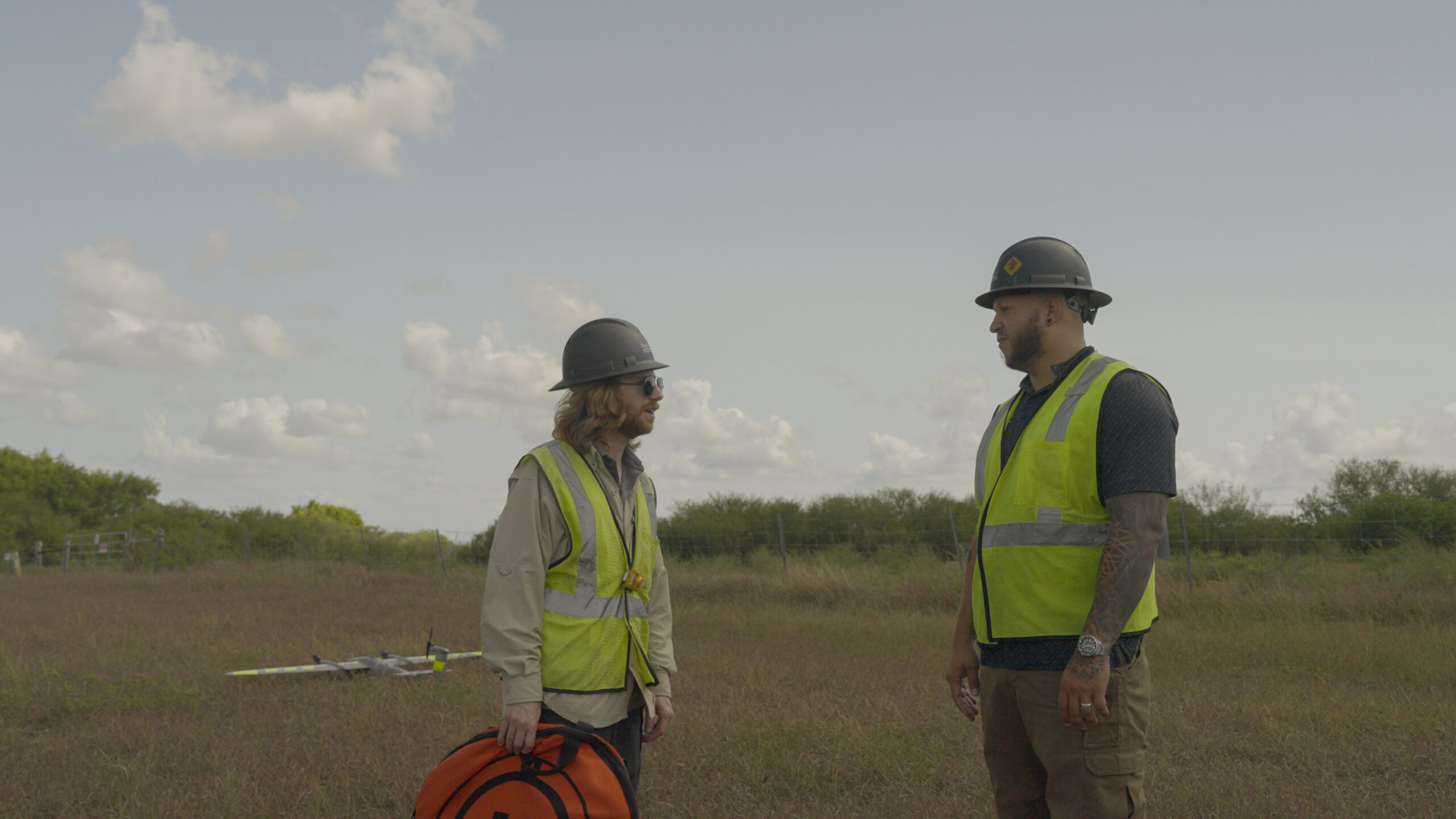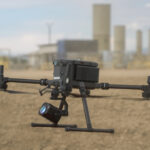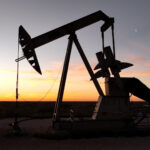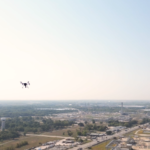The oil and Gas industry is under constant pressure to reduce methane emissions, a potential greenhouse gas that contributes to climate change. In response, the U.S. Environmental Protection Agency (EPA) has implemented certain regulations to curb emissions from oil and gas operations. Companies are having to adopt advanced technologies to comply with these regulations, which include Optical Gas Imaging (OGI) systems, to amplify Leak Detection and Repair (LDAR) programs and improve environment reporting.

EPA Regulations on Methane Emissions
The U.S. EPA has long assumed methane as a key environmental concern due to its role in global warming. The agency’s 2023 regulations target the oil and gas industry’s methane emissions through mandated monitoring, reporting, and repair requirements. These rules require operators to detect and repair leaks promptly, implement periodic inspections, and submit emissions data for public review. This regulatory framework is intended to minimize methane emissions, promote operational transparency, and minimize the industry’s impact on climate change.
The EPA regulations require active management through continuous monitoring, periodic inspections, and real-time reporting. Methane, which is far more potent than carbon dioxide in trapping heat, requires detailed attention and immediate action.
The Role of Optical Gas Imaging (OGI) in LDAR
Optical Gas Imaging (OGi) technology has become a game-changer for Leak Detection and Repair (LDAR) programs. OGI cameras use infrared technology to visualize gas leaks, in order to detect methane emissions that aren’t visible to the human eye. This makes OGI tech extremely valuable in managing leaks at oil and gas facilities.
OGI systems pinpoint the source of methane leaks quickly and accurately, even in challenging environments like offshore platforms or remote pipeline segments. Enabling the detection of wide range hydrocarbon gases, OGI cameras can identify leaks in areas that are otherwise tougher to access, such as storage tanks, pipeline valves, and wellheads. These technologies ensure that leaks are detected immediately, reducing the likelihood of larger, more damaging emissions.
Incorporating OGI technology into LDAR programs brings several benefits to oil and gas operators:
Enhanced Detection Capabilities: OGI systems can quickly and accurately identify leaks in hard-to-reach locations, saving time compared to traditional manual inspections.
Improved Safety: By detecting methane leaks promptly, OGI technology helps prevent hazardous situations before they have the ability to escalate.
Cost Savings: OGI-equipped inspections are faster and more effective, reducing the need for lengthy, ground-based surveys that are resource-intensive. This creates substantial cost savings for companies.
Drone Integration for Enhanced Monitoring
Through drone integration, OGI technology reaches new peaks of efficiency and effectiveness. Drones with high-resolution OGI cameras allow operators to inspect large areas from a time efficiency and cost-effective standpoint. This applies very well to operators in hazardous locations such as the Gulf of Mexico as well as isolated pipeline corridors in the desert.
Drones can fly over these areas, providing an elevated bird’s-eye view that is impossible to achieve with manned inspections. They can cover vast expanses of land or sea in a short amount of time, capturing data for analysis. Drones can also access dangerous, out-of-reach areas for human workers, like high elevation pipes or offshore.
Using drones, data is significantly more streamlined. Drone mounted OGI cameras capture detailed imagery and video of methane leaks, providing a clear physical view of the data through an exceptional user interface that is easy to navigate. This is comparing looking at numbers on a graph with almost no reference points. This real-time data collection enables faster decision-making as well as structured maintenance schedules.
Moreover, drones are a cost-effective solution for monitoring larger assets as well. Traditional leak detection methods, such as manned aircraft or ground-based crews, are far more expensive and time-consuming. Drones provide a more affordable option, minimizing operational overhead.
Compliance and Reporting
Compliance with EPA regulations requires precise and appropriate reporting of methane leaks and emissions. Drone-collected data, including high-resolution images and videos, directly integrated with reporting systems, providing undeniable evidence that operators are adhering to federal guidelines. These robust and transparent reports should be consumable by the experts and non-experts alike, and provide comprehensive data that improves accountability.
A key challenge in environmental reporting is ensuring data is not accurate but also time-effective. Capture real-time data ensures that emissions are reported as soon as possible. This proactive approach can prevent costly fines or penalties, allowing companies to adhere to EPA regulations.
In addition to this, drone-collected data always provides an insight into future operations as it gives a detailed look into problems that were otherwise undiscoverable. Drone tech partnered with Optical Gas Imaging (OGI) systems, offers a revolutionary approach to meeting new regulatory requirements. Drones allow the proper maintenance of assets and promptly addressing of any problems, reducing the likelihood of issues down the line.
Conclusion
The oil and gas industry is facing constant, evolving pressure to meet environmental standards and reduce methane emissions. OGI systems and drones offer a new approach to meeting future guidelines as well. Monitoring vast areas, drones can detect leaks efficiently, and provide real-time data for reporting, all while reducing cost and enhancing safety.
By integrating drones into Leak Detection and Repair (LDAR) programs, oil and gas companies can stay ahead of regulatory requirements, ensure compliance, and contribute to global efforts to minimize climate change.
The future of environmental compliance in oil and gas will increasingly rely on drones and other advanced technologies. As regulations evolve and methane emissions become a more prominent focus, companies that embrace the drone approach will be able to meet these challenges head-on.








